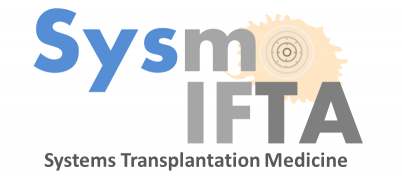T. Lampert, O. Merveille, J. Schmitz, G. Forestier, F. Feuerhake, and C. Wemmert, Strategies for Training Stain Invariant CNNs, IEEE International Symposium on Biomedical Imaging, To Appear.
Abstract : An important part of Digital Pathology is the analysis of multiple digitised whole slide images from differently stained tissue sections. It is common practice to mount consecutive sections containing corresponding microscopic structures on glass slides, and to stain them differently to highlight specific tissue components. These multiple staining modalities result in very different images but include a significant amount of consistent image information. Deep learning approaches have recently been proposed to analyse these images in order to automatically identify objects of interest for pathologists. These supervised approaches require a vast amount of annotations, which are difficult and expensive to acquire—a problem that is multiplied with multiple stainings. This article presents several training strategies that make progress towards stain invariant networks. By training the network on one commonly used staining modality and applying it to images that include corresponding but differently stained tissue structures, the presented unsupervised strategies demonstrate significant improvements over standard training strategies.
M. Temerinac-Ott, G. Forestier, J. Schmitz, M. Hermsen, J.-H. Bräsen, F. Feuerhake and C. Wemmert. Detection of glomeruli in renal pathology by mutual comparison of multiple staining modalities. International Symposium on Image and Signal Processing and Analysis, 19–24, Jan 2017.
Abstract: We evaluate the detection of glomerular structures in whole slide images (WSIs) of histopathological slides stained with multiple histochemical and immuno-histochemical staining using a convolutional neural network (CNN) based approach. We mutually compare the CNN performance on different stainings (Jones H&E, PAS, Sirius Red and CD10) and we present a novel approach to improve glomeruli detection on one staining by taking into account the classification results from differently stained consecutive sections of the same tissue.
